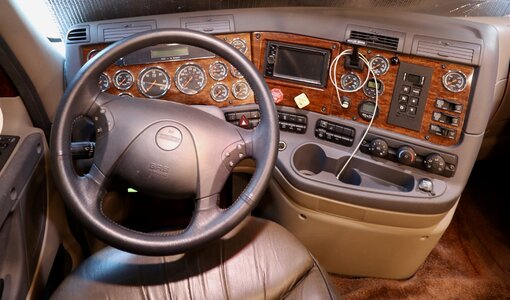Neal
Administrator
- Joined
- Jul 27, 2019
- Messages
- 13,885
- Location
- Midlothian, VA
- RV Year
- 2017
- RV Make
- Newmar
- RV Model
- Ventana 4037
- RV Length
- 40' 10"
- Chassis
- Freightliner XCR
- Engine
- Cummins 400 HP
- TOW/TOAD
- 2017 Chevy Colorado
- Fulltimer
- No
To allow owners to avoid DPF filter stop engine situations and know when to initiate regens if needed, please work with your chassis vendors and Cummins to have the DPF filter level (phase or percent) shown on the menu. And/or show an amber warning with a number if it reaches a level where the engine is not signaling auto regens satisfactorily so the owner can do a forced regen and get the DPF filter cleared before it's too late. I had a stop engine situation with a phase 5 (fully clogged) DPF filter that could have been avoided with better info and feedback via the dash panel.













